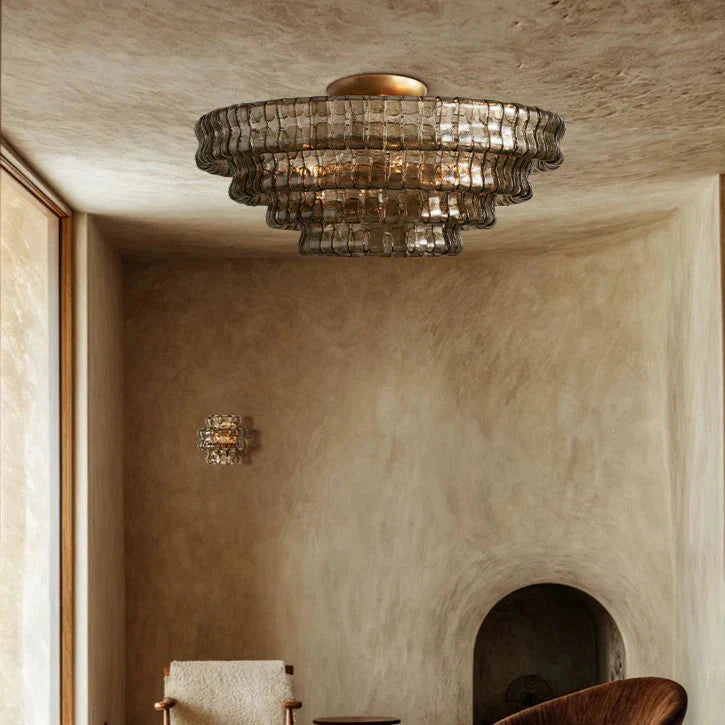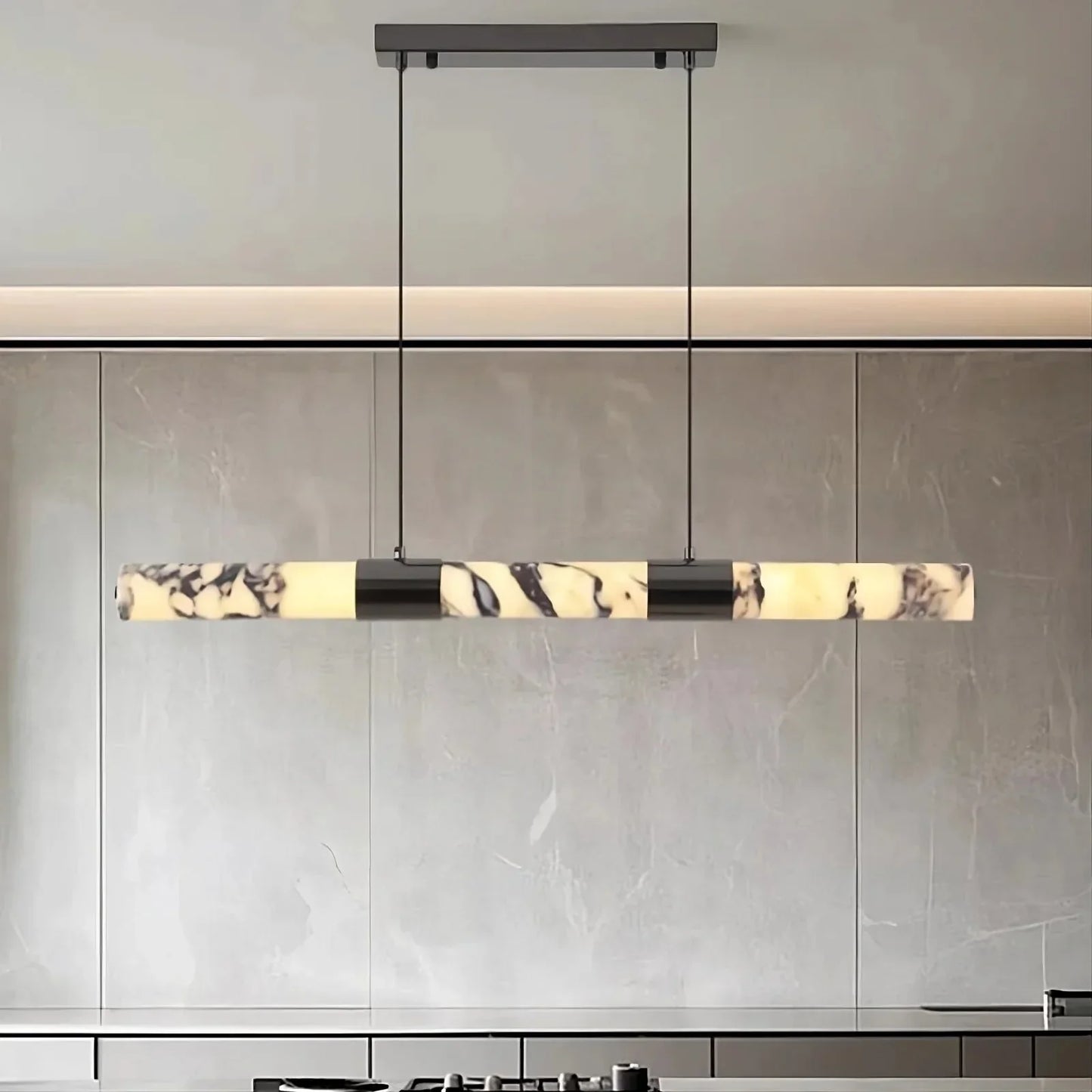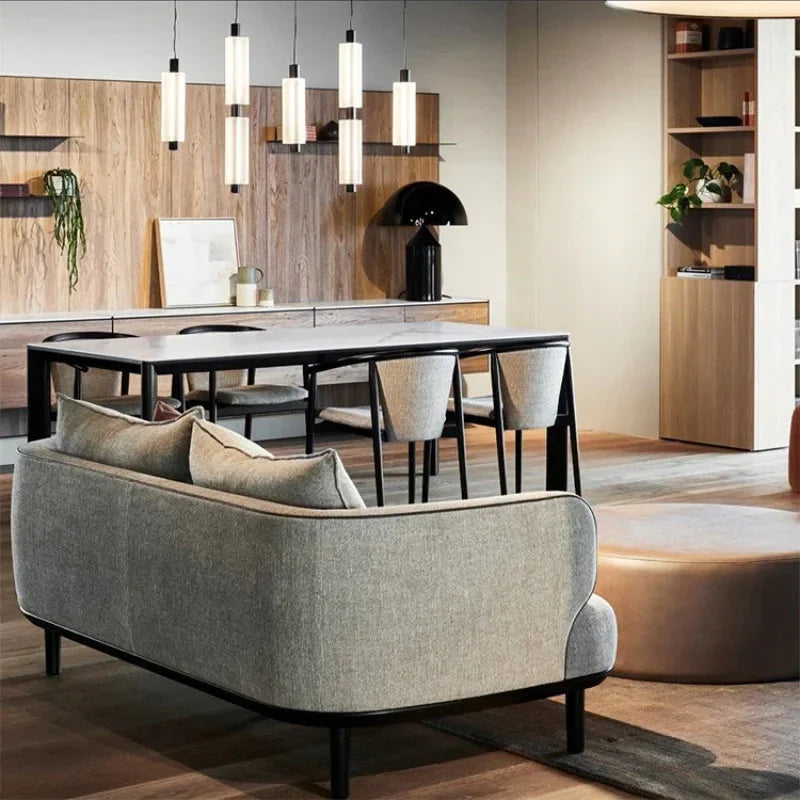
Understanding the Importance of Chandelier Lighting
Chandelier lighting serves as the centerpiece in a variety of interior settings, combining functionality with artistic appeal. It effectively illuminates a space while also enhancing its decorative elements.
Key Roles of Chandelier Lighting:
- Ambiance Creation: Provides ambient light that sets the tone and mood of a room.
- Aesthetic Enhancement: Acts as a focal point, adding beauty and character.
- Space Definition: Helps delineate and define areas within open-plan spaces.
- Value Addition: Can increase the perceived value and sophistication of interiors.
Choosing the right chandelier can transform a dull space into a visually captivating environment.
Different Styles of Chandelier Lighting
Chandeliers come in a plethora of styles, each adding a distinct flair to interior spaces. The traditional style exudes elegance with its intricate designs and often features crystal embellishments. Modern chandeliers focus on clean lines and minimalist designs.
- Industrial chandeliers embrace raw materials like metal and wood, offering a rugged aesthetic.
- Transitional chandeliers blend traditional and modern elements, providing versatility.
- Rustic chandeliers draw inspiration from nature, often incorporating elements like antlers or distressed wood.
- Contemporary styles emphasize geometric shapes and innovative materials, reflecting cutting-edge design trends.
Eclectic designs mix various elements to create unique, personalized lighting solutions.
Best Materials for Dining Room Chandeliers
When selecting materials for dining room chandeliers, designers are gravitating towards high-quality options that offer both aesthetics and durability.
- Crystal: Preferred for its timeless elegance and ability to disperse light beautifully, crystal chandeliers remain a top choice.
- Glass: Hand-blown or etched glass offers a modern, artistic appeal while providing excellent light diffusion.
- Metal: Brass and wrought iron provide a robust structure and versatile finishes, adding both strength and style.
- Wood: Eco-friendly and rustic, wooden chandeliers bring a touch of nature indoors and complement various decor styles.
- Acrylic: Lightweight and versatile, acrylic mimics the look of glass and crystal but at a more affordable price point.
Size Matters: Choosing the Right Dimensions for Your Space
Selecting the correct size for a modern chandelier is crucial to ensure it complements the room's proportions. Key considerations include:
- Room Size: Measure the room’s dimensions. A larger room requires a more substantial chandelier, while a smaller room benefits from a more delicate fixture.
- Ceiling Height: Higher ceilings can accommodate taller chandeliers. For ceilings over 9 feet, a fixture with more vertical space is suitable.
- Table or Furniture Distance: When placed above tables or furniture, maintain a 30-36 inch gap from the bottom of the chandelier to avoid obstruction.
- Purpose and Ambiance: Evaluate the function and desired ambiance. For task-oriented areas, a chandelier with more focus may be needed, whereas ambient lighting calls for a design that spreads light evenly.
Popular Chandelier Shapes and Designs
Chandeliers come in various shapes and designs to cater to diverse tastes and interiors.
Geometric Designs
- Square and Rectangular: Ideal for contemporary settings, adding clean lines and symmetry.
- Circular and Oval: Timeless and versatile, fitting both modern and traditional decors.
- Abstract Shapes: Unique designs offering a statement piece in any room.
Styles
- Minimalist: Sleek and subtle, focusing on functionality and form.
- Industrial: Combines metal and wood, perfect for loft-style living spaces.
- Classic Crystal: Exudes luxury and elegance, suitable for grand entranceways and dining rooms.
These designs ensure various customization options for different interiors.
Lighting Types: LED, Incandescent, and More
Modern chandeliers employ various lighting types, each offering distinct benefits.
LED Lighting:
- Energy-efficient and long-lasting.
- Available in various color temperatures.
- Minimal heat emission.
Incandescent Lighting:
- Traditional warm glow.
- Excellent color rendering.
- Shorter lifespan and higher energy consumption.
Other Options:
- Halogen: Brighter light, higher temperatures.
- CFL (Compact Fluorescent Lamps): Energy-saving, mercury content.
- Smart Bulbs: Adjustable settings, smart home integration.
Architects and designers can choose based on the desired ambience, efficiency, and maintenance needs. Energy regulations and environmental considerations often drive the choice toward LED and smart solutions.
Installation Tips for Dining Room Chandeliers
Installing a dining room chandelier requires careful planning and proper execution to ensure safety and aesthetics. Here are some key tips:
- Evaluate Ceiling Height: Ensure there's at least 30-36 inches between the table surface and the bottom of the chandelier.
- Assess Room Size: The chandelier’s diameter should be about half the width of the dining table.
- Secure Support: Use appropriate mounting hardware to handle the chandelier's weight.
- Electrical Safety: Turn off the power at the circuit breaker before installation.
- Professional Installation: Hire a licensed electrician for hard-wired installations.
Proper installation guarantees optimal illumination and enhances the room’s ambiance.
Budget Considerations: Finding the Right Chandelier at the Right Price
When shopping for a modern chandelier, budget considerations are crucial. High-quality chandeliers can range from $200 to $5,000 or more.
- Set a Budget: Define your spending limit before shopping.
- Material Choices: Opt for materials like acrylic or plastic for lower costs.
- Brand Comparisons: Research different brands; some offer luxury styles at affordable prices.
- Size Matters: Larger fixtures often cost more. Consider the size relative to the space.
- Energy Efficiency: LED options may have higher upfront costs but save on electricity bills.
Examine the long-term value to find the best balance between cost and quality.
Matching Your Chandelier with Other Décor Elements
Integrating a chandelier harmoniously into the existing décor involves coordination of various elements. Consider the room's color palette; complement the chandelier’s finish with accent hues. If the space has metallic fixtures, matching the chandelier's metal can create unity.
- Furniture Style: Match with contemporary or vintage pieces to provide a cohesive look.
- Texture Coordination: Blend chandelier materials like glass or crystal with fabric textures in the room.
- Scale and Proportion: Ensure the chandelier’s size is appropriate for room dimensions.
- Lighting Layers: Consider ambient, task, and accent lighting to enhance the chandelier's impact.
- Wall Art and Décor: Align styles for visual consistency.
Maintenance and Care for Your Dining Room Chandelier
Proper maintenance ensures the longevity and brilliant appearance of your chandelier. Owners should adhere to these key practices:
- Regular Dusting: Use a soft cloth or feather duster weekly.
- Deep Cleaning: Clean with mild soap and water twice a year.
- Inspect Bulbs: Check and replace burnt-out bulbs immediately.
- Secure Fittings: Ensure all components are tightly fixed.
- Avoid Harsh Chemicals: Use non-abrasive cleaners to prevent damage.
- Professional Servicing: Schedule professional cleaning annually.
By following these guidelines, homeowners can maintain a stunning centerpiece in their dining room for years to come.
Expert Tips and Trends in Chandelier Lighting
Professionals emphasize energy efficiency and smart features. LED chandeliers reduce energy consumption. Integration with smart home systems allows for customization of brightness and color temperatures.
Top Trends:
- Sustainable Materials: Use of recycled glass and metal for eco-friendly options.
- Minimalist Designs: Simplified forms fitting contemporary interiors.
- Geometric Shapes: Structural and artistic, adding modern flair.
- Mixing Metals: Combining finishes like brass and chrome for a luxe appearance.
- Statement Pieces: Large, bold designs that serve as focal points.




